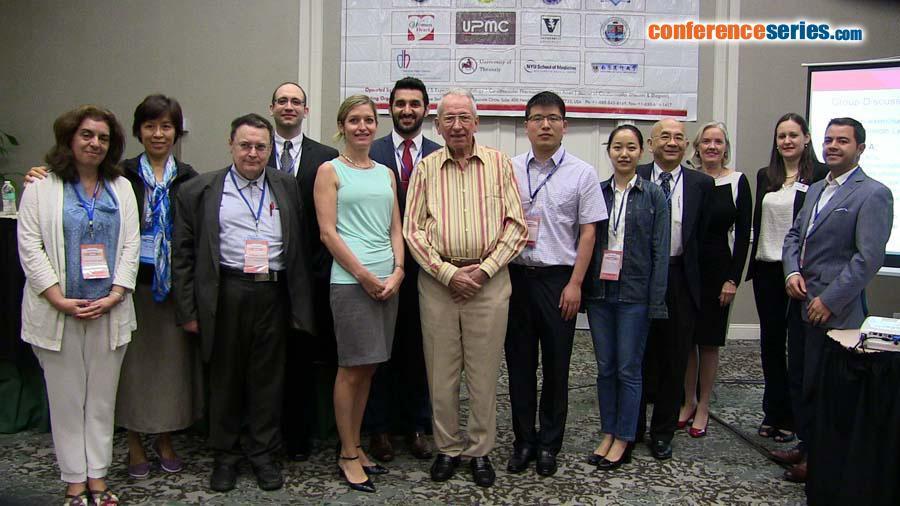
Natsios Georgios
University of Thessaly Medical School, Greece
Title: The most accurate predictors of arterial hypertension in patients with Obstructive Sleep Apnea Syndrome
Biography
Biography: Natsios Georgios
Abstract
It is estimated that 30% to 40% of hypertensive patients have OSA, and 50% to 56% of OSA patients have hypertension. Scientific data about the interaction between OSA and hypertension are continuously increasing. However, it had been difficult to clarify the cause-effect relationship between the two disorders. Data from some studies support a dose-response relationship of OSA at baseline and the cumulative incidence of hypertension.1,2 In contrast, other studies have reported that the unadjusted risk of hypertension increases in concert with AHI (apnea-hypopnea index), but this association was not significant after adjustment for potential confounding variables.3,4 Latest data from a retrospective study published in the ‘‘Journal of Clinical Hypertension’’ have revealed that age, BMI, comorbidity (CCI), daytime oxygen saturation, and indices of hypoxia during sleep are the most precise predictors for hypertension. In contrast, AHI and DI (desaturation index) participated weakly in the statistical model. Therefore, although AHI and DI were independent predictive factors for hypertension, both were not included in the most accurate predictors for development of hypertension. It seems that AHI and DI are more complex measures reflecting the degree of intermittent hypoxia, and therefore are susceptible to variability in the clinical setting. It is suggested that daytime and nocturnal hypoxemia as consequences of chronic intermittent hypoxia play a central role in OSA-related hypertension. In particular, the shift from chronic intermittent hypoxia to daytime and nocturnal hypoxia may represent a direct prelude to the development of hypertension.5
Speaker Presentations
Speaker PDFs
Speaker PPTs Click Here



